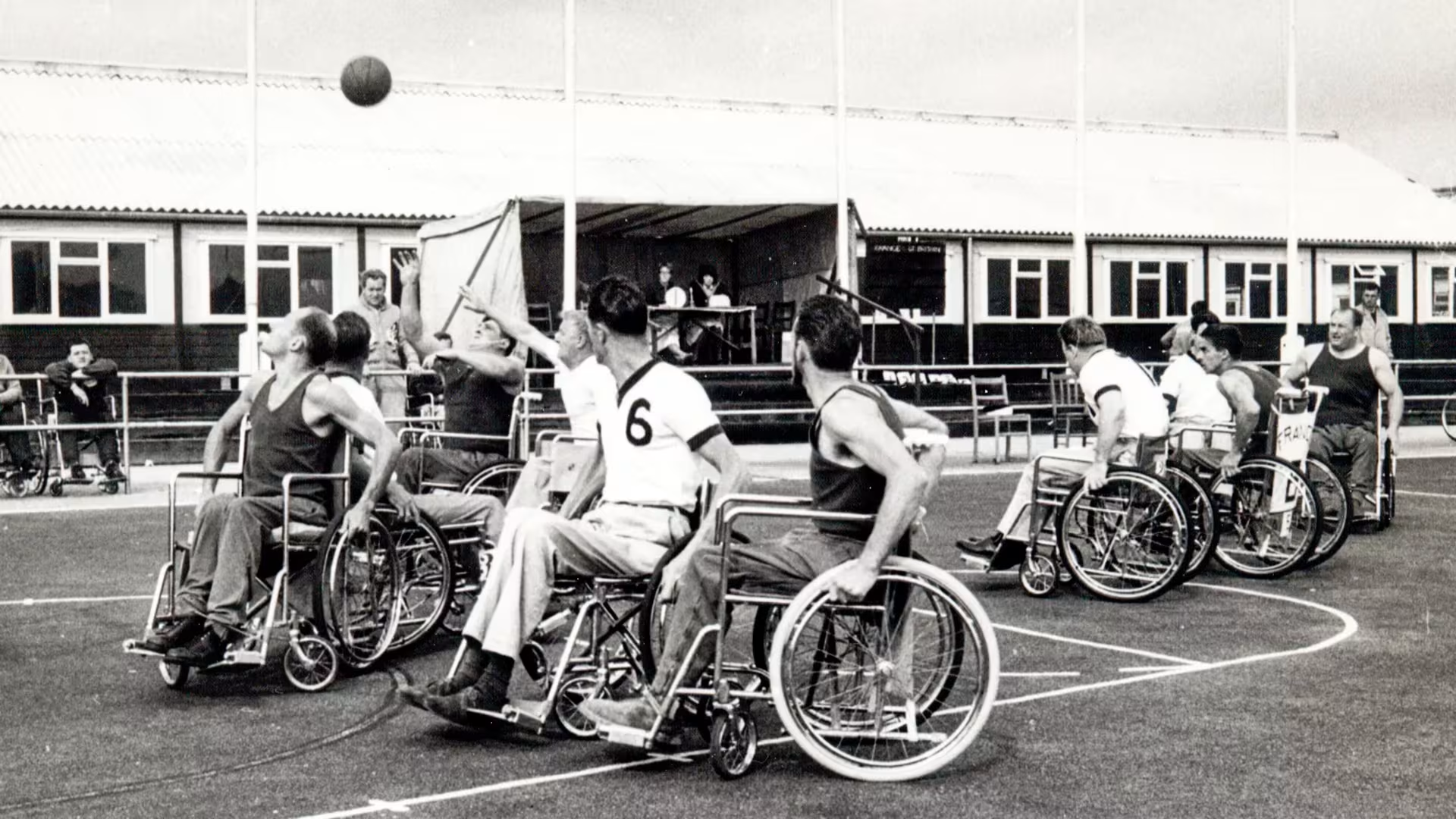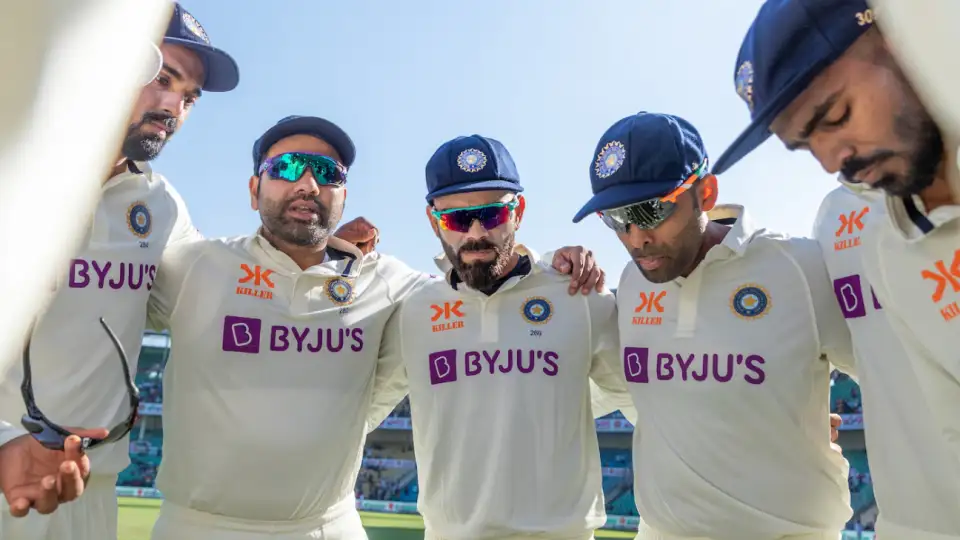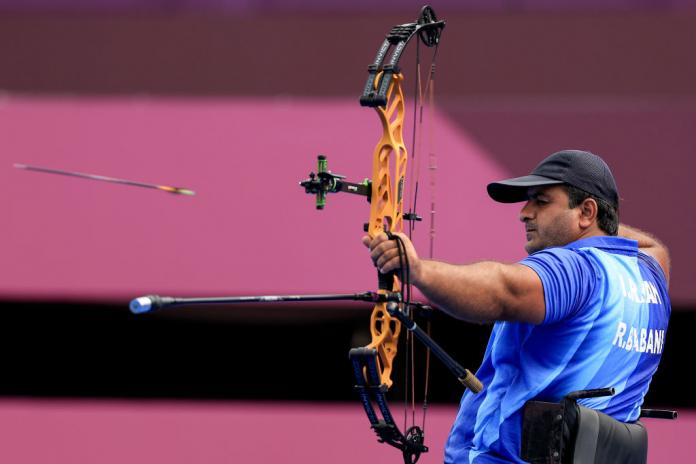The Paralympic Games, held in parallel with the Olympic Games, represent one of the most significant global sporting events for athletes with disabilities. Since their inception, the Paralympics have evolved from a small, post-war rehabilitation competition into a major international event that showcases extraordinary athletic prowess, highlights the spirit of competition, and promotes inclusivity. This blog delves into the history, evolution, and impact of the Paralympic Games, explores key sports and athletes, and discusses the broader social and cultural implications of this prestigious event.
A Brief History of the Paralympic Games
The origins of the Paralympic Games can be traced back to the aftermath of World War II. In 1948, Dr. Ludwig Guttmann, a neurologist at the Stoke Mandeville Hospital in England, organized the first Stoke Mandeville Games for war veterans with spinal cord injuries. These games were initially a form of rehabilitation and physical therapy, designed to improve the quality of life for individuals with disabilities.
Dr. Guttmann initiative was revolutionary. By 1960, the first official Paralympic Games were held in Rome, coinciding with the Olympics. This event marked the beginning of a new era for athletes with disabilities. The Games have since grown exponentially in scale and significance, now featuring thousands of athletes from around the world competing in a wide range of sports.
Early Years and Milestones
The early Paralympic Games were relatively modest in scope. The 1960 Rome Paralympics featured around 400 athletes from 23 countries competing in 8 sports. Over time, the Games expanded significantly in terms of both participation and the number of sports included. Key milestones in the evolution of the Paralympics include:
1964
The Tokyo Games marked the first time the Paralympics were held outside Europe and featured 375 athletes from 22 countries.
1988
Seoul became the first city to host both the Olympic and Paralympic Games in the same year, a tradition that continues today.
2000
Sydney Games were notable for the introduction of the Athletes Village, where athletes with disabilities stayed alongside their Olympic counterparts.
The Inclusion of New Sports
The inclusion of new sports has been a significant aspect of the Paralympic Games evolution. Initially focusing on a few sports such as athletics and wheelchair basketball, the Games now feature a diverse array of sports, including:
Winter Sports
The Winter Paralympic Games began in 1976 and now include events such as para-alpine skiing, para-snowboarding, and biathlon.
New Innovations
Sports like para-triathlon and para-canoeing were added in recent years, reflecting the dynamic and evolving nature of the Games.
Global Reach and Participation
The global reach of the Paralympic Games has expanded significantly. From the early years, when only a few countries participated, the Games now feature athletes from over 160 nations. The increasing participation underscores the growing recognition and support for para-sports worldwide. The International Paralympic Committee (IPC), established in 1989, plays a crucial role in organizing and promoting the Games. The IPC mission is to lead the Paralympic Movement and ensure that athletes with disabilities have equal opportunities to compete at the highest level.
Summer Paralympic Sports
The Summer Paralympics include a wide range of sports that are adapted to accommodate various types of disabilities. Some of the most popular and well-established sports include: Wheelchair Basketball: A fast-paced sport where athletes use specially designed wheelchairs to play basketball. It requires a combination of skill, strategy, and agility. Para-Athletics: Includes track and field events adapted for athletes with physical impairments. Categories include running, throwing, and jumping events. Para-Swimming: Features events across various distances and strokes, with classifications based on the type and degree of impairment. Para-Cycling: Includes both road cycling and track cycling events, with adaptations made for athletes using handcycles, tandems, and other specialized equipment.
Winter Paralympic Sports
Winter Paralympics offer a variety of sports adapted for winter conditions: Para-Alpine Skiing: Athletes with physical disabilities compete in slalom, giant slalom, and super-G events. Skiers use specialized equipment like sit-skis and outriggers. Para-Nordic Skiing: Includes cross-country skiing and biathlon, with adaptations for athletes with mobility impairments. Para-Snowboarding: Features events such as the snowboard cross and banked slalom, where athletes use adaptive equipment to navigate the slopes.
Conclusion
The Paralympic Games are more than just a sporting event; they represent a celebration of human potential and the power of perseverance. From their humble beginnings to their current status as a major international event, the Paralympics have transformed perceptions of disability and showcased the extraordinary abilities of athletes with impairments. As the Games continue to evolve, they will undoubtedly inspire future generations, drive advancements in sports and technology, and promote inclusivity and equality. The Paralympic Movement stands as a testament to the resilience and determination of athletes, and its impact extends far beyond the arena, fostering a more inclusive and supportive society for all.






Blog Comments